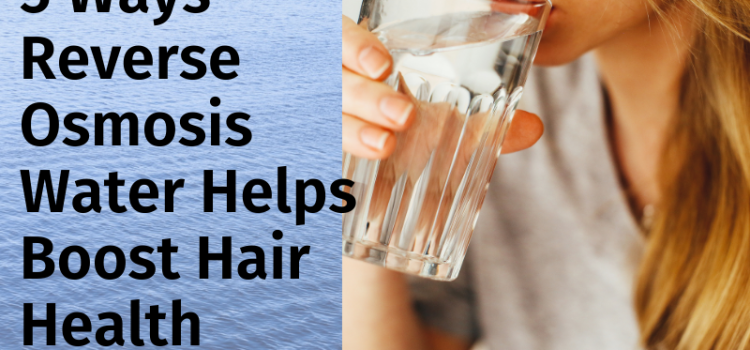By:Li, YN (Li, Yuna)[ 1 ] ; Li, JF (Li, Jiafu)[ 2 ] ; Zhang, LF (Zhang, Lifen)[ 1 ] ; Huang, ZP (Huang, Zhiping)[ 1 ] ; Liu, YQ (Liu, Yunqing)[ 3 ] ; Wu, N (Wu, Nan)[ 3 ] ; He, JH (He, Jiahui)[ 2 ] ; Zhang, ZZ (Zhang, Zhaozhao)[ 2 ] ; Zhang, Y (Zhang, Ying)[ 1 ] ; Niu, ZG (Niu, Zhiguang)[ 2,3 ]
ENVIRONMENT INTERNATIONAL
Volume: 123
Pages: 87-95
DOI: 10.1016/j.envint.2018.11.036
Published: FEB 2019
Document Type:Article
Perfluoroalkyl acids (PFAAs) are a group of emerging persistent organic pollutants (POPs), which have been ubiquitously detected in the environmental media. However, national scale investigations on their occurrence and distribution in drinking water are still insufficient. In this study, we detected the 17 priority PFAAs in drinking water from 79 cities of 31 provincial-level administrative regions throughout China, and investigated their occurrence and distribution. Additionally, we also analyzed the influencing factors on their profiles, such as the existence of industrial sources, socioeconomic factors (population density and GDP), and assessed levels of risk associated with contaminated drinking water. On the national scale, the sum concentrations of the 17 PFAAs (Sigma(17)PFAAs) in drinking water was in a range of 4.49-174.93 ng/L with a mean value of 35.13 ng/L. Among the 17 individual PFAAs, perfluorobutanoic acids (PFBA) was the most abundant individual PFAAs with the median concentration of 17.87 ng/L, followed by perfluorooctanoic acid (PFOA, 0.74 ng/L), perfluorononanoic acid (PFNA, 0.40 ng/L) and perfluorooctane sulfonic acid (PFOS, 0.25 ng/L). The geographic distribution characteristic of Sigma(17)PFAAs in drinking water was in a descending order of Southwestern China (57.67 ng/L) > Eastern coastal China (32.85 ng/L) > Middle China (29.89 ng/L) > Northwestern China (28.49 ng/L) > Northeastern China (22.03 ng/L), and in general, the existence of the industrial sources could positively affect the contamination levels of PFAAs in drinking water. The pollution level of PFAAs in drinking water also varied among the three different city levels (medium-sized city > big city > town). In towns, the positive correlations were observed between the population density and the Sigma(17)PFAAs (R-2 = 0.45, p < 0.01), and the individual concentration of PFHxA, PFBS, and PFOA (p < 0.01). Moreover, besides PFAAs in Yunnan, Jiangsu, and Jiangxi, concentrations of related PFAAs in drinking water from 28 provinces were less than the suggested drinking water advisories. The relatively higher concentrations of PFAAs in Yunnan, Jiangsu, and Jiangxi suggest that further studies focusing on their sources and potential health risk to humans are needed.
The post Perfluoroalkyl acids in drinking water of China in 2017: Distribution characteristics, influencing factors and potential risks appeared first on Facts About Water.
Source: Water Feed








